BY BECKY SWANBERG — EMOON LEAD CONTENT EDITOR AND MIDDLE READER NOVELIST
Throughout our months of social distancing, our family has been working our way through the Star Wars movies. As we watched the most recent movie, there were a lot of groans and objections from the outraged viewers in my living room. It seemed that everyone had something that really bothered them about the ending of this film. Though the complaints were different from each person, it all came down to this: broken promises.
Storytellers make promises to their audience. Keeping promises is important because it can mean the difference between your reader finishing a book with satisfaction or throwing a book across the room in annoyance. But how do you know what you’re promising? Here’s a few things to consider.
Genre Expectations
It’s important to be well read in the genre you’re trying to write so that you can understand what readers expect. That doesn’t mean that writers can ever stretch or defy genre conventions, but they should know when they’re doing it and do so with caution. When readers pick up a romance novel, they’re expecting that the main characters will end up together. You can write otherwise, but this could read like a broken promise to your reader, and it may affect their desire to read more of your work.
It’s also important to note that genres grow and change, making it essential to be familiar with current works in your chosen genre.
World Building
The early chapters of a book are meant to immerse your reader in the world of your story. Pay attention to the details and intricacies of your world so that the setting is consistent. Writers who suddenly add new features in order to solve plot problems at the end of the story can leave readers confused and dissatisfied.
Tone, Character Arc, and Plot
Through years of studying fiction writing, I’ve become a devoted student of Brandon Sanderson’s YouTube writing classes. As a successful author and masterful storyteller, Sanderson addresses story promises in his teaching about plot. He talks specifically about these three promises that writers make early in the story: tone, character arc, and plot.
Sanderson notes that the tone of your narrator should not only be consistent throughout the story but it should also match the kind of story you’re trying to tell. Is your tone lighthearted, foreboding, or reserved? Consider the way that your tone can match and enrich the story.
The character arc is the inner growth that your main character(s) will experience in the story. Sanderson explains that the opening pages of the story will introduce the character’s desires, obstacles, and flaws. This allows readers to get a sense of what is needed, what is coming, and what it will cost for the characters to get there.
Introducing the plot early on is important to help your reader understand the big picture of the story. When a story rambles and doesn’t really hit the main plot until half way through, readers can become confused about what the book is about. This can especially happen when writers invest a lot of words into scenes or ideas that don’t really matter in the big picture. The level of detail or effort reads like a promise to the reader. So a big investment of words that doesn’t pay off in the plot? That reads like a broken promise.
While my family continues to hash out our Star Wars opinions, I hope you can take your writing to new levels as you recognize the promises you make and delight your readers by fulfilling each one. Delivering stories that always deliver is a high bar and a goal worth striving for.
*This video is available on YouTube and is titled ”Lecture #2: Plot Part 1- Brandon Sanderson on Writing Science FIction and Fantasy”.


